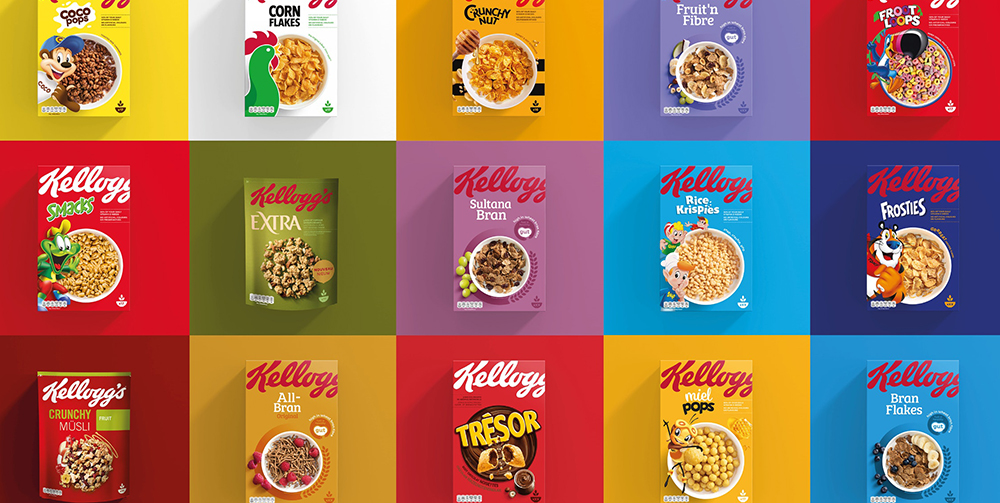When it comes to fabric choices in the fashion and textile industry, few blends have garnered as much attention as cotton-spandex. This combination has become a staple in various clothing items, from casual wear to activewear. However, the question remains: is cotton-spandex fabric good or bad? To answer this, we must delve into its composition, benefits, drawbacks, and its overall impact on sustainability and health.
Understanding Cotton-Spandex Fabric
Cotton is a natural fiber known for its breathability, softness, and comfort. Spandex, on the other hand, is a synthetic fiber renowned for its exceptional elasticity. When combined, these two materials create a fabric that offers the best of both worlds: the comfort of cotton and the stretchability of spandex. Typically, cotton-spandex blends contain around 95% cotton and 5% spandex, although variations exist depending on the intended use.
The Benefits of Cotton-Spandex Fabric
- Comfort and Fit: One of the most significant advantages of cotton-spandex fabric is its comfort. The cotton component ensures breathability, making it ideal for warm weather, while the spandex allows for a snug fit that moves with the body. This makes it particularly popular for activewear, leggings, and fitted clothing.
- Durability: Cotton-spandex blends tend to be more durable than pure cotton fabrics. The addition of spandex enhances the fabric's resilience, allowing it to withstand repeated stretching and washing without losing its shape.
- Versatility: This fabric blend is incredibly versatile. It can be used in a wide range of clothing items, from casual t-shirts to formal dresses. The stretchiness of spandex allows designers to create form-fitting styles that are both flattering and comfortable.
- Easy Care: Cotton-spandex fabrics are generally easy to care for. They can often be machine washed and dried, making them a practical choice for everyday wear.
The Drawbacks of Cotton-Spandex Fabric
- Synthetic Component: While cotton is a natural fiber, spandex is synthetic. This raises concerns regarding the environmental impact of production. The manufacturing process for spandex involves chemicals that can be harmful to the environment, and the fabric itself is not biodegradable.
- Potential Allergies: Some individuals may experience skin sensitivities or allergies to synthetic fibers like spandex. Although this is not common, it is a consideration for those with sensitive skin.
- Heat Retention: While cotton is breathable, the addition of spandex can sometimes lead to heat retention. This may not be ideal for hot climates or during intense physical activities, where moisture-wicking properties are essential.
- Cost: Cotton-spandex blends can be more expensive than pure cotton fabrics due to the added spandex. For budget-conscious consumers, this may be a significant factor when choosing fabrics.
Sustainability Considerations
In today's eco-conscious market, the sustainability of fabrics is a crucial factor for many consumers. While cotton is a renewable resource, the environmental impact of cotton farming—such as water usage and pesticide application—cannot be overlooked. On the other hand, spandex's synthetic nature raises concerns about microplastic pollution and the longevity of the fabric in landfills.
To mitigate these issues, some brands are exploring organic cotton options and recycled spandex materials. Consumers can also look for certifications like Global Organic Textile Standard (GOTS) or OEKO-TEX, which ensure that the materials used are produced sustainably and ethically.
Conclusion: Is Cotton-Spandex Fabric Good or Bad?
Ultimately, whether cotton-spandex fabric is deemed good or bad depends on individual needs and values. For those seeking comfort, durability, and versatility in their clothing, cotton-spandex blends offer significant advantages. However, the environmental impact and potential skin sensitivities are valid concerns that should not be ignored.

